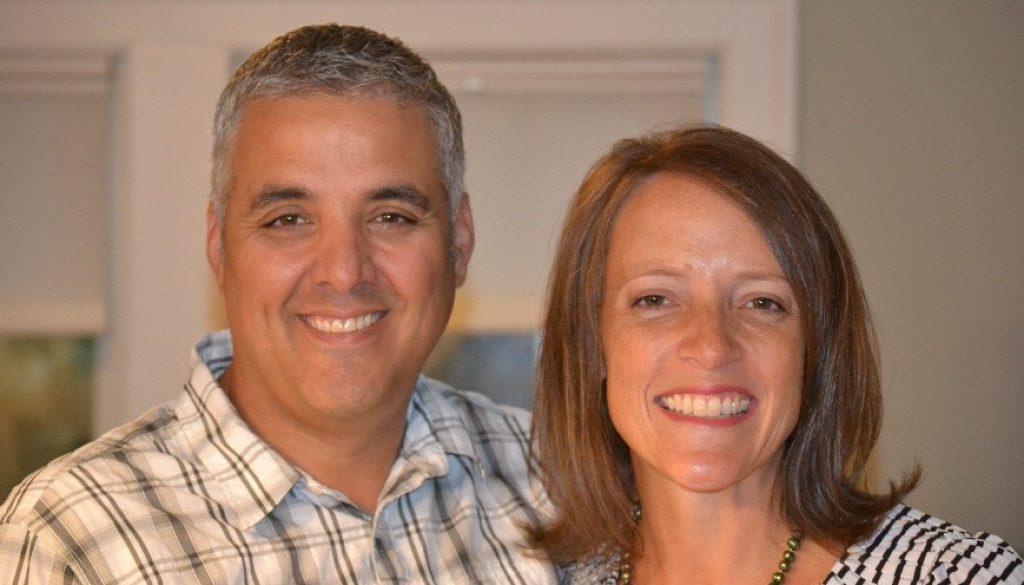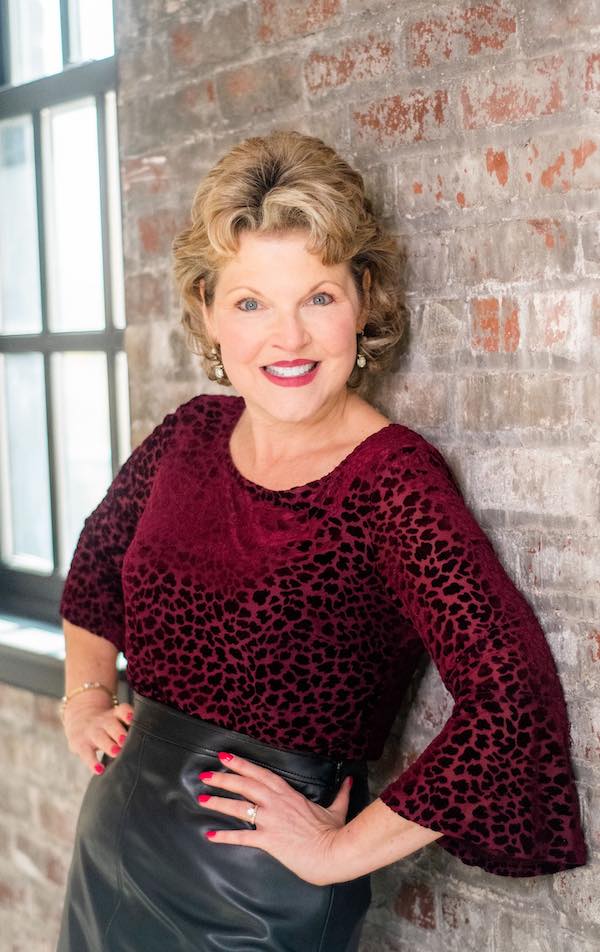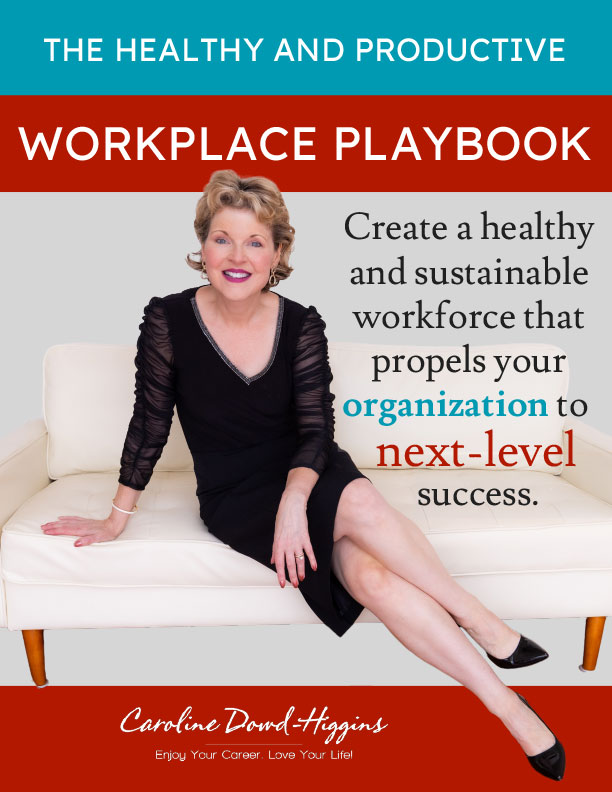“Can’t Not Do” – Guided by Desire or Fear?

I’m thrilled to share this guest blog from my friend and colleague, Beth Kreitl, EdS, LMHC, 200RYT. We worked together in the early stages of our career development journey at Indiana University and it has been a joy to see Beth truly enjoy her career and love her life. I’m confident you will be inspired by her story.
To live life with a sense of purpose, a genuine feeling of passion, and an intention to make a difference in the world are desires most of us share as we move through the various stages and phases of our journeys. I, like many of you, am committed to continually reflecting on and following those desires. Last year my husband, Kevin, and I were invited to have a short video created on our story – the story of how we reached our “can’t not do” moment that would lead us to make significant changes in our lives.
Through my 13 years of working and leading in the field of career development in higher education and in private practice, as well as being a mediation and yoga teacher, I felt a sense of meaning in my work. I could see the positive impact my life was having as I helped others to more deeply attune to their gifts and talents, equipped with the skills to share their career story in a compelling way. I witnessed the healing and life-giving benefits my students and clients were experiencing through their yoga and meditation practices. I felt as though I was thriving and making a contribution to the world, and I really believe I was.
However, I had an experience in my last job that changed my life forever – I was exposed to extreme poverty – a level of poverty I could never have imagined existed, through a faculty/staff immersion trip to Nicaragua with Seattle University. I connected with the people, and learned about their context, their realities. I bore witness to the impact poverty had on their lives personally, professionally, spiritually, socially, politically, and economically. It turned my world upside down, and I knew I couldn’t go back to my comfortable life in the US pretending like I’d hadn’t been exposed to such difficult, devastating circumstances. I had a “can’t not do” moment that called me to explore living in a developing country context, holding the questions of “what can I learn? how can I be transformed?” through living in community with people in such different and often challenging conditions.
My husband was flourishing in his 16-year career at Microsoft where he managed the volunteer and giving programs that donated hundreds of millions of dollars and countless hours to supporting local and global non-profits. He truly felt he had the best job in the world, and could easily connect to purpose and contribution in his work. However, he often wondered what it would be like to have more of a micro-level of impact in the world – working in a more hands-on, direct fashion for a non-profit. Additionally he’d always had a desire to live abroad, and 16 years into his career, this seemed like a good time to take a mid-career sabbatical.
Together we decided to leave our ever-climbing careers for a year, and go live in a developing country. Vietnam became our top choice because of Kevin’s connections through his board membership with a non-profit called PeaceTrees Vietnam, who connected us to Golden West Humanitarian Foundation. Through these relationships, we discovered a problem in Vietnam that is taking the lives of 35 people (11 of which are children) every day – drowning. We were shocked to find out that Vietnam as a country has the 3rd highest drowning rate in the world. Furthermore, we didn’t have an awareness of the global impact this epidemic is having – an average of 40 people per hour are dying all around world due to drowning. Even in the US where we have benefited from 100 years of survival swimming and water safety education drowning is one of the leadings cause of injury-related deaths for children.
Ironically, Kevin had worked in aquatics as a lifeguard, water safety instructor, and manager before his time at Microsoft. This incredible intersection of such a devastating need in the world meeting his gifts and talents became a “can’t not do” moment for him. So we took the plunge, left our jobs and became self-funded volunteers in Central Vietnam for one year. What were we feeling during this time? Yes, there was fear – fear of the unknown, fear of economic insecurity, fear of career suicide, fear of sickness and loneliness, etc. However, we consciously chose to be guided by our desire, our moments of coming into the awareness of a deep sense of “we can’t not do” this.
Our first year was filled with openness, hospitality, joy, challenge, sadness, conflict, laughter, learning, and a profound experience of community with the local people. We are thrilled with the successes of the Swim for Life program which we helped to build and expand. Additionally, I had the opportunity to develop a volunteer-based Mindfulness Yoga for Empowerment training program for people with disabilities living in our Province, Quang Binh. One true testament to the power of collaboration and commitment is the request we received to return to Vietnam for another year, to which we have responded, YES! When we made the initial decision to leave our jobs for one year, we consciously decided to truly live in the unknown – to actively live inside the fear that comes up, and yet the spaciousness it creates to pursue our deepest desires and our “can’t not do” moments as they unfold. We have decided to live just one step at a time. Sometimes I find this way of living to be exhausting, frightening and difficult, and yet all of those moments are overshadowed by a shared aspiration to be motivated to by desire and love, rather than driven by our fears.
I know each of us has very different circumstances – you may not find yourself in a situation where you can leave your job, your family and your country for a year, however, you can carve out sacred moments where you bring a fresh openness to the question of what is your “can’t not do” moment? Perhaps it’s bringing more focus to a particular area of your life, perhaps it is spending more time in relationships, perhaps it is shifting careers, perhaps it is taking on a new volunteer experience, perhaps it is simply being committed to holding and living into this question on a regular basis. Recently, a friend of my mom’s shared with me that she was inspired to reflect on this question after watching our brief video – for her she was having difficulty juggling her full-time job, her volunteer work, and time with her children. As she began to inventory her life with this question in mind, the parts of her life that she must do became crystal clear, such that she was able to let go of part of her work that wasn’t fulfilling her. Wherever you may find yourself, I invite you to spend a few precious moments asking yourself what you “can’t not do” and hold a space of sincere openness to where the question may lead you. May you be filled with courage and inspiration to live a life guided by your desires in spite of your fears. Namaste.
Check out Paul Shoemaker’s recent “Can’t Not Do” book for a deeper understanding of the “Can’t Not Do” movement for social change.






